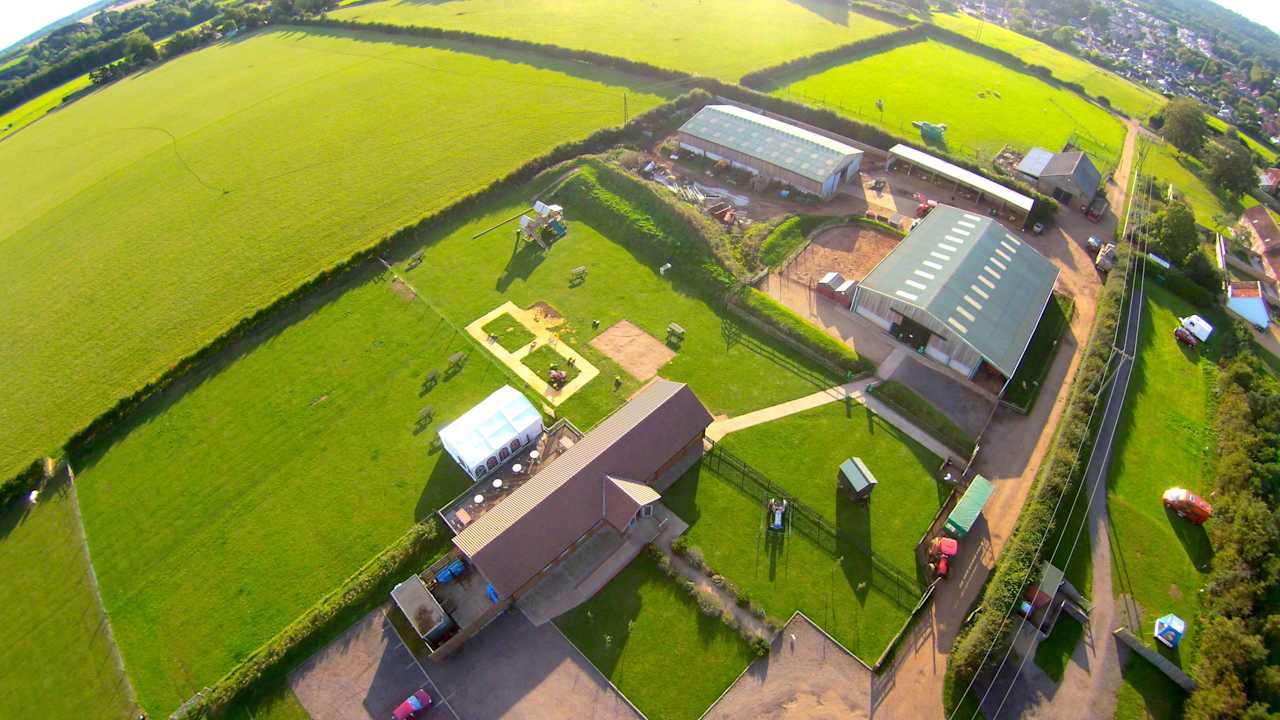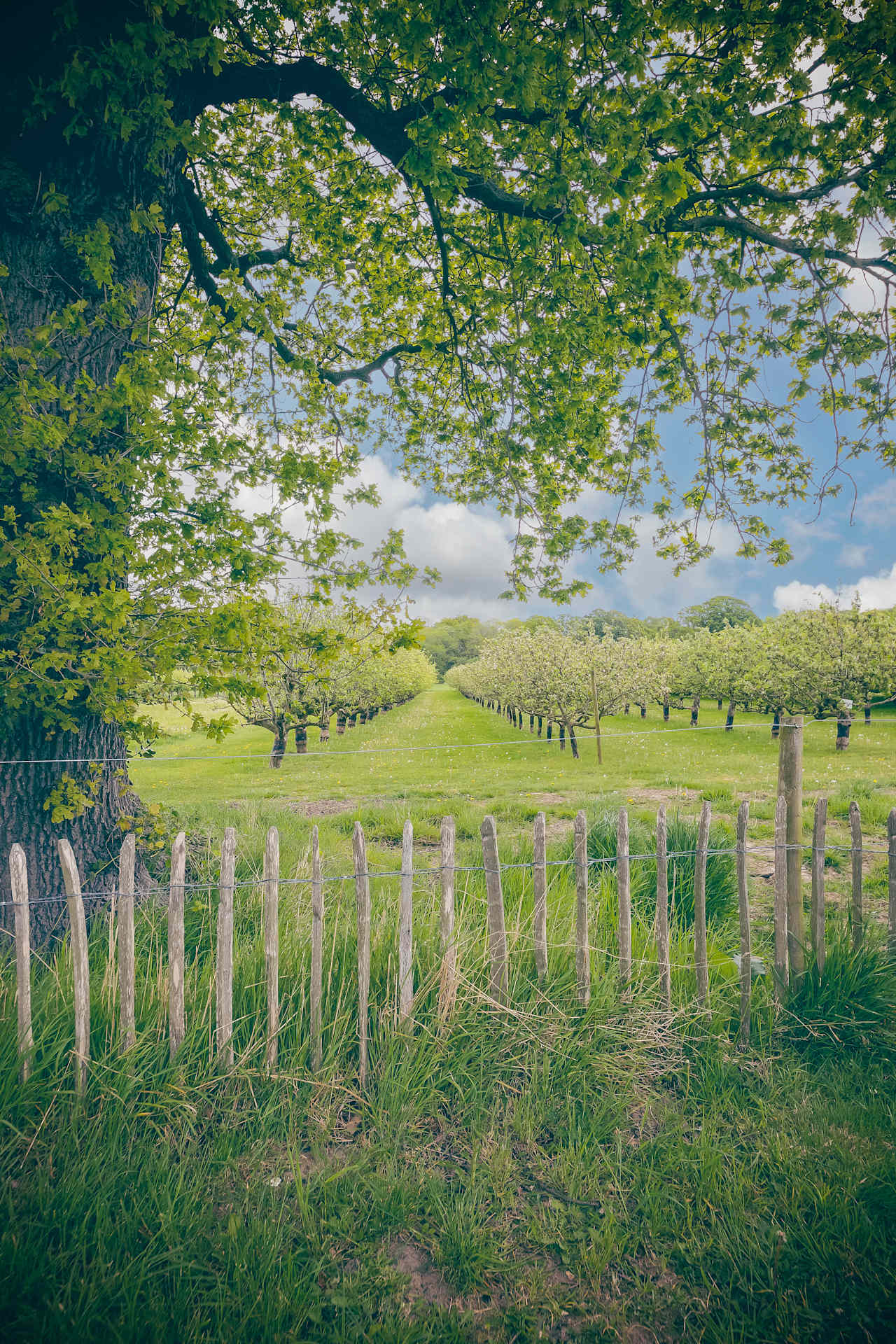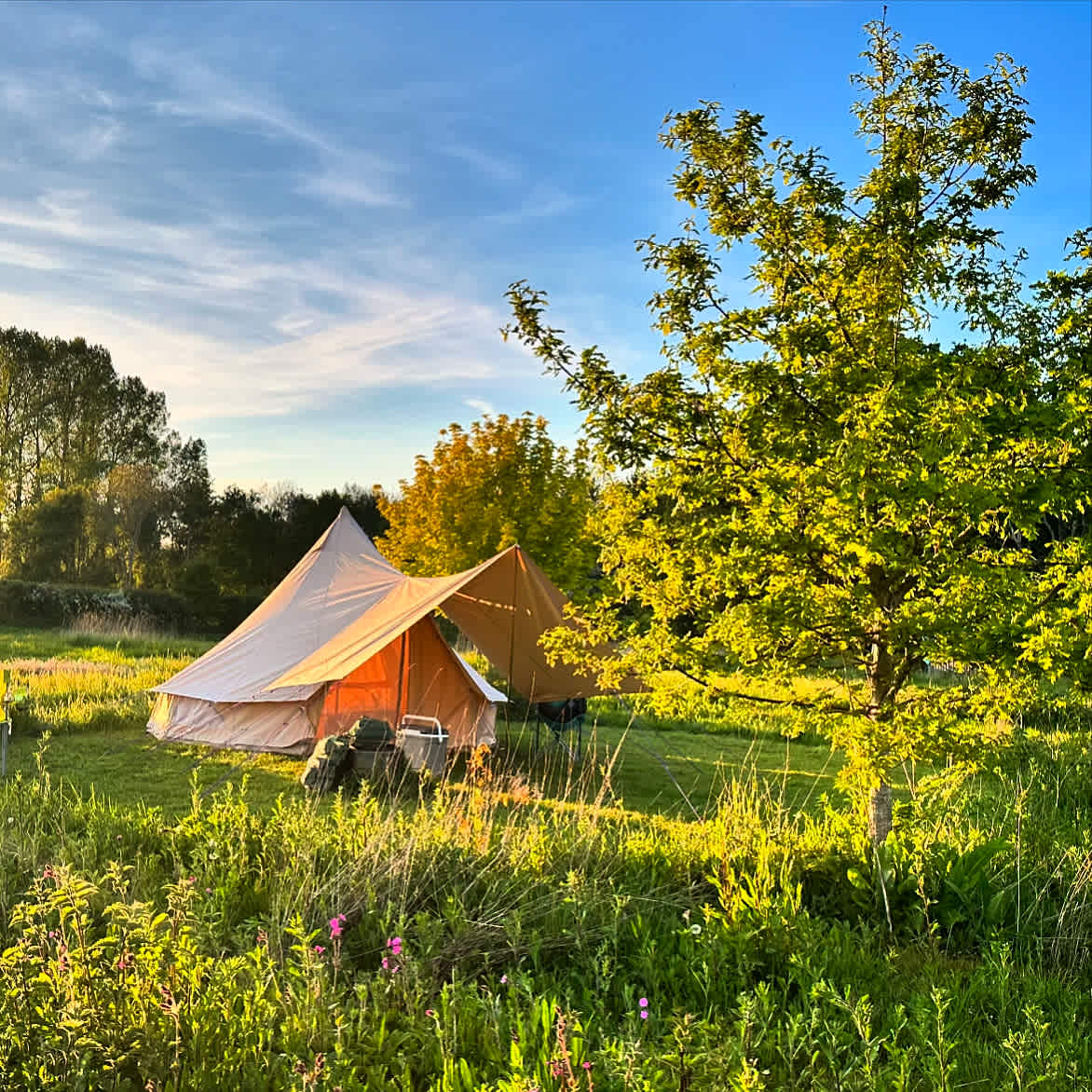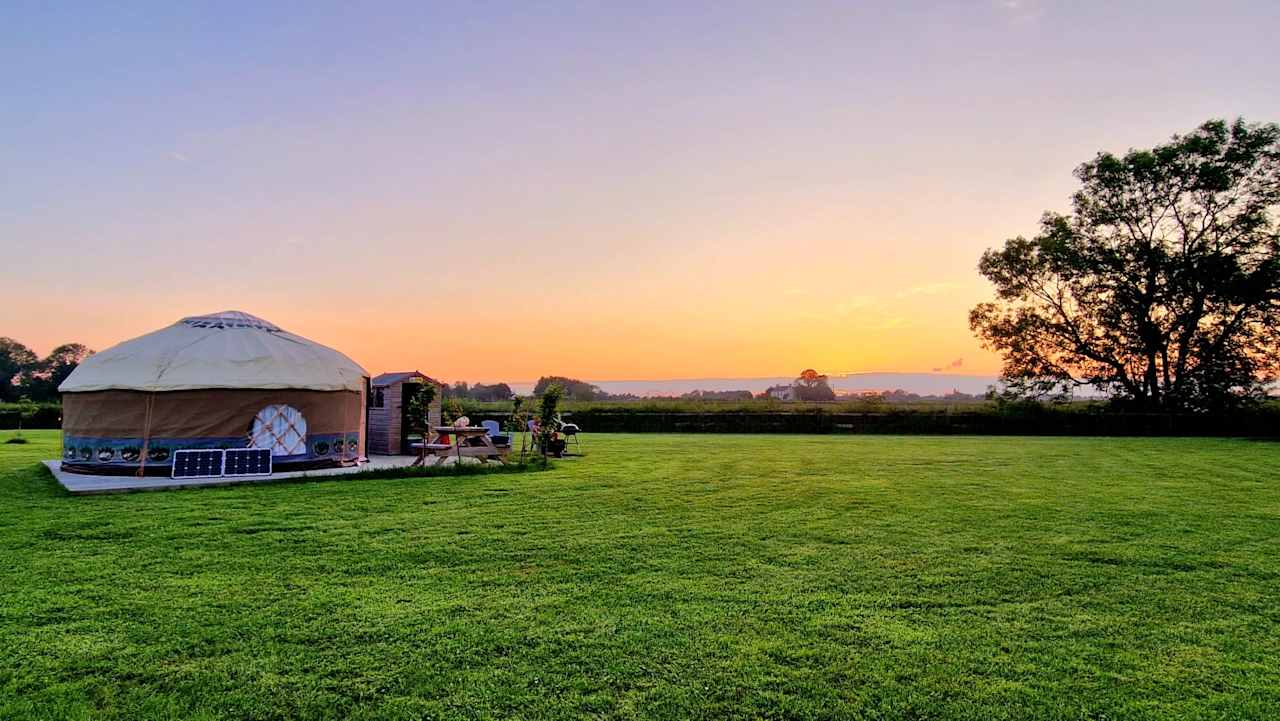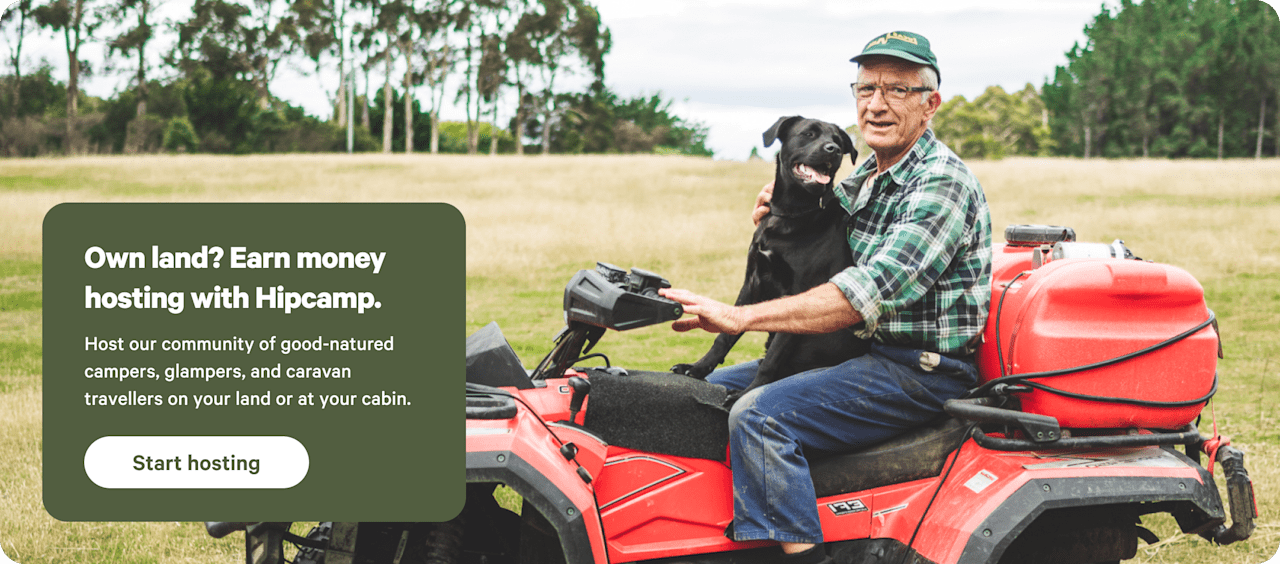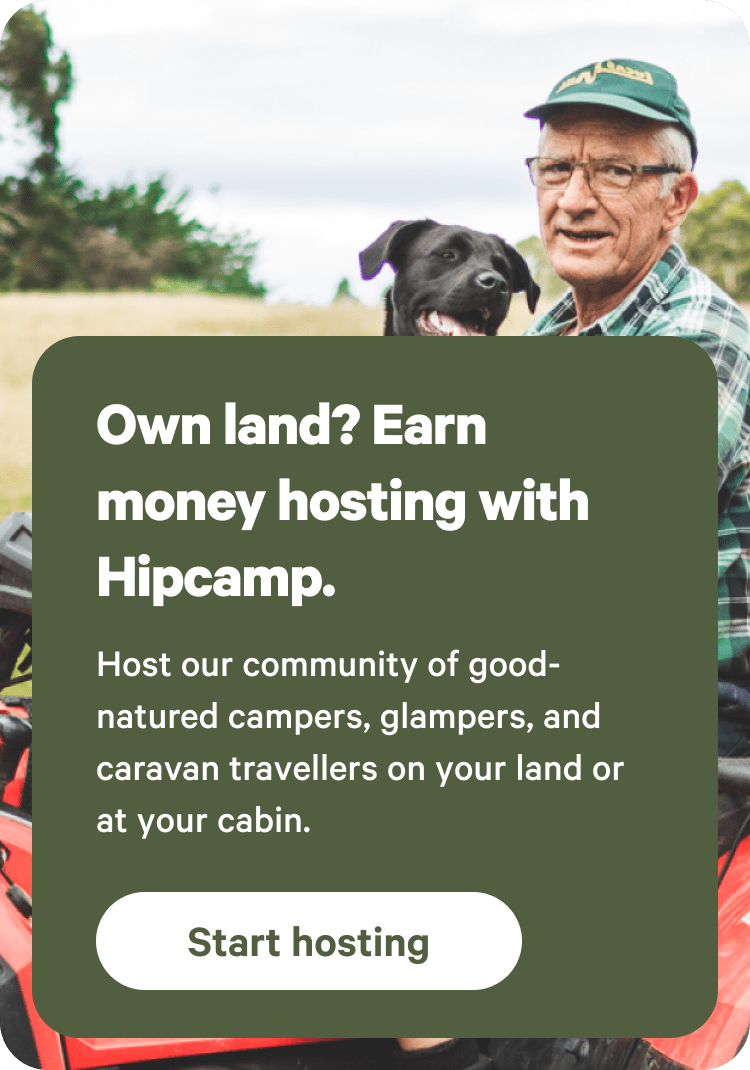Campsites with fishing in Norfolk
Blue Flag beaches, the Norfolk Broads, and wetlands make up this diverse East Anglian county.
- Norfolk
Popular camping styles for Norfolk
Available this weekend
Star Hosts in Norfolk
12 top campsites in Norfolk with fishing
Under £50
Dog-friendly getaways


Campsites with fishing in Norfolk guide
Overview
Sandwiched between the counties of Lincolnshire, Cambridgeshire, and Suffolk, Norfolk is a popular camping, boating, and walking destination on the east coast of England replete with long-distance trails and coastal paths. Its windswept dunes, big skies and nature reserves have a wild appeal, and yet it’s surprisingly easy to reach from London, the Midlands, and the South. Home to stately homes such as Holkham Hall and Sandringham—an official Royal residence—as well as the low-lying Fens and Broads, Norfolk is a deeply diverse region with lots of outdoor activities, from watersports to walking and stargazing to birdwatching.
Laying claim to stunning sandy beaches, the peaceful waterways of The Broads, and lots of countryside in between, campgrounds aren’t in short supply either, whether you want scenic glamping pods, full-service caravan parks, or back-to-basics campsites with views over Blue Flag beaches. There are well-established beachside and farm-based campsites with full facilities as well as pop-up campsites that open gates only in summer. The flat landscape is perfect for pitching tents, but elsewhere, the wild, rugged coastline and network of rivers have earned national park status. And the coastline is a treasure trove with sandy beaches to play on, old quays from which to go crab fishing, and boat trips to see the seals.
Where to go
Norfolk Coast AONB
The Norfolk Coast Area of Outstanding Natural Beauty is one of the most striking and diverse landscapes in the region apart from the royal estate at Sandringham. Dotted with seaview caravan parks and campsites, the Norfolk Coast AONB—with its cliffs, Blakeley Point marshland, and Winterton sand dunes—has something for most outdoor pursuit interests, including cyclists and birdwatchers. Walk along the Norfolk Coast Path National Trail or Peddars Way; stargaze in Kelling Heath and Wiveton Downs; kitesurf off the coast of Hunstanton; and enjoy the Blue Flag beaches of Cromer. Nearby are wildlife-rich areas including Holkham Bay Nature Reserve and Blakeney Point, where you can see impressive seal and sea bird colonies.
Great Yarmouth and The Norfolk Broads
One of the largest protected wetlands in the country and home to How Hill National Nature Reserve, the Norfolk Broads (and its six rivers) is a haven for twitchers, boaters, and watersports enthusiasts. It’s Britain’s largest protected wetland and is home to some of our rarest wildlife—so don’t forget the binoculars. Try stand-up paddleboarding and canoeing or take a languid wherry ride before enjoying the Great Yarmouth seafront and cycling paths, prime for a ride with no pesky hills and plenty of car-free routes. Campers won’t be short on options either, from caravanning parks to glamping sites with bell tents, pods, and cabins set on flat, lush meadows. Perfectly even pitches are almost assured for quiet camping near ambling routes to the pub.
King's Lynn and West Norfolk
West Norfolk is a charming region which includes a stretch of the Norfolk Coast AONB and The Wash National Nature Reserve. Helmed by the historic market town of King’s Lynn, it’s the ideal base to explore both the low-lying fens—via marked long-distance trails, bridleways, or cycling paths—as well as try sailing or jet skiing in the North Sea. There’s no shortage of campsites, caravan parks, and safari-style glamping tents either.
Thetford Forest Park
With a Go Ape centre at High Lodge and several private campgrounds and caravan parks in and around the forest park, Thetford Forest Park is an ideal family-friendly region on the Norfolk-Suffolk border. This truly vast lowland forest with on-site cabins at Thorpe Forest in Harling Woods, numerous picnic sites (such as Great Hockham), and a network of walking trails, bridleways, and cycling paths is a boon for outdoor adventurers.
Family Camping in Norfolk
Norfolk is a hugely popular camping destination for families with good reason. It’s easy to reach from the south east and the counties around London, and before you know it, your kids will be spending their days running wild, playing hide-and-seek, and kicking a football about on sunny summer evenings. Days out can be spent building sandcastles on the beach, crab-fishing in Cromer, and eating ice creams on sunny shores. And if you’re camping near The Broads, how about hiring canoes and kayaks for an active family day on the water? Whether it's the beaches, the kid-friendly pubs, or the quiet country roads for cycling, our kids have always given Norfolk camping two thumbs up.
Top Places to Visit in Norfolk
Norfolk’s chief attractions are the great outdoors, but if you need a little help choosing which beach to visit or where to sample the seafood, we’ve got you covered. When it comes to beaches, are you looking for all the fun of the fair or a walk on the wild side? For amusements and ice creams, head to the big-name resort of Great Yarmouth or to the smaller-scale Wells. If you’re a wildlife lover, hop aboard a boat to Blakeney Point at Morston Quay or walk to the viewing platform above dune-backed Horsey Beach. And for the freshest crab around, head over to Cromer.
If you’re headed for Norfolk’s famous waterways, you might like to start your exploration in the village of Wroxham, known as “the capital of The Broads.” Here, you’ll be able to pick up information on where to hire boats and find local events. You can pick up supplies too, and watch boats setting out on the River Bure, which meanders through town. Norwich is within The Broads National Park—in fact, it’s the only city within a national park in the UK. If that’s not reason enough to stop in during your Norfolk holiday, how about taking a look around its Norman cathedral, medieval buildings, and high street?
The grand estates and great houses of Norfolk are another of the manmade treasures that the county is famous for. Lots of them welcome the public to visit on days out—and some even allow camping within their grounds! If you’re near the coast, you might make a beeline for 18th-century Holkham Hall or perhaps take yourself to visit the Sandringham Estate.

